In 2019, in the pasturelands near Toktogul reservoir in western Kyrgyzstan the sun was beginning to dip towards the horizon. Light became a murky orange-yellow and the landscape came alive with long shadows. It was here where we were standing after a long drive over the mountains that we came across a little yellow tulip. It looked similar to other species that we knew were growing in the region, yet when we dug it up, it showed a unique trait of a species only known from northern regions of Kyrgyzstan and we were well beyond its known range. This was the first moment when Georgy Lazkov and I thought we might be looking at something out of the ordinary. We collected numerous samples, recording their location and the next day continued our expedition to the south with the specimens bouncing around in the back of the car as passengers on our journey.

These specimens would eventually arrive in the lab back in Cambridge after numerous miles on rugged roads, days spent lying in the office in Bishkek, and hours trapped on an airplane travelling halfway around the world. In the lab, DNA was extracted from leaf material through a complicated process relying on an array of chemicals and machines. Once the data came back we were able to test whether the specimen we had collected was likely to be the same as the species known from the north of Kyrgyzstan or something entirely different. Well, it turned out to be something completely different. We had in fact found what was likely to be a new species, but we wanted to be sure before we set to work formally describing it.
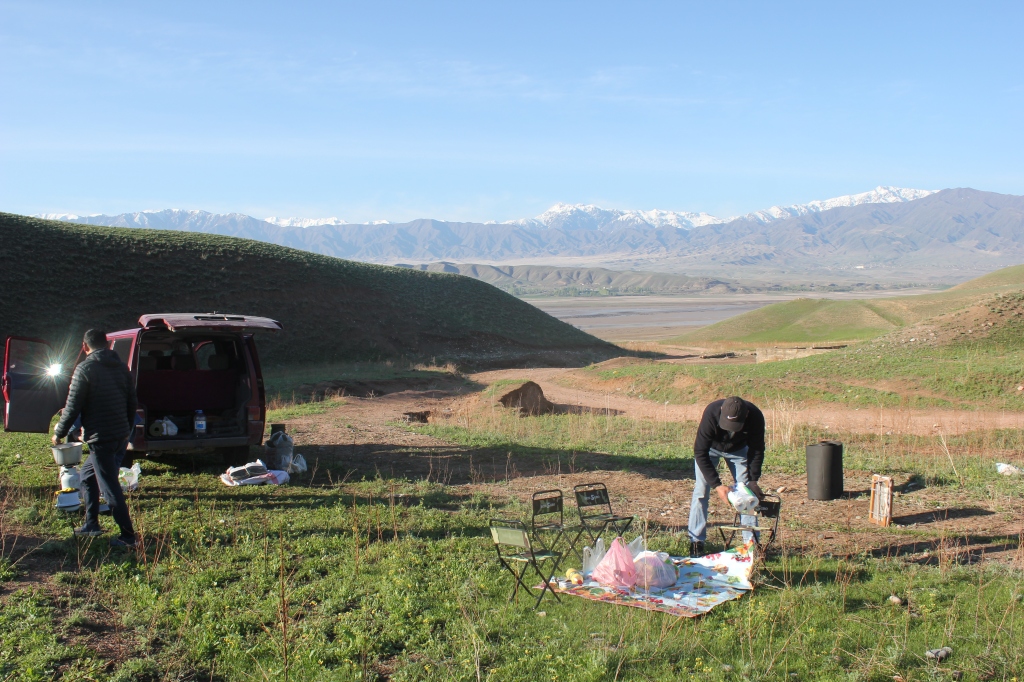
The specimen was collected in Spring 2019 and when the next fieldwork season rolled around in Spring 2020 a new disease was spreading around the world. This virus, that would come to be known as Covid-19, halted the world including all our travel. We lost a whole year of sampling opportunities. However, in 2021, while I remained grounded in the U.K., our brave Kyrgyz collaborators took it upon themselves to find new subpopulations of this odd tulip and post some samples back to Cambridge. We received further material in summer 2021 and were able to sequence another specimen from a different area of the region. The results from this supported our previous findings and we were able to set about beginning the process of recognising a new species.
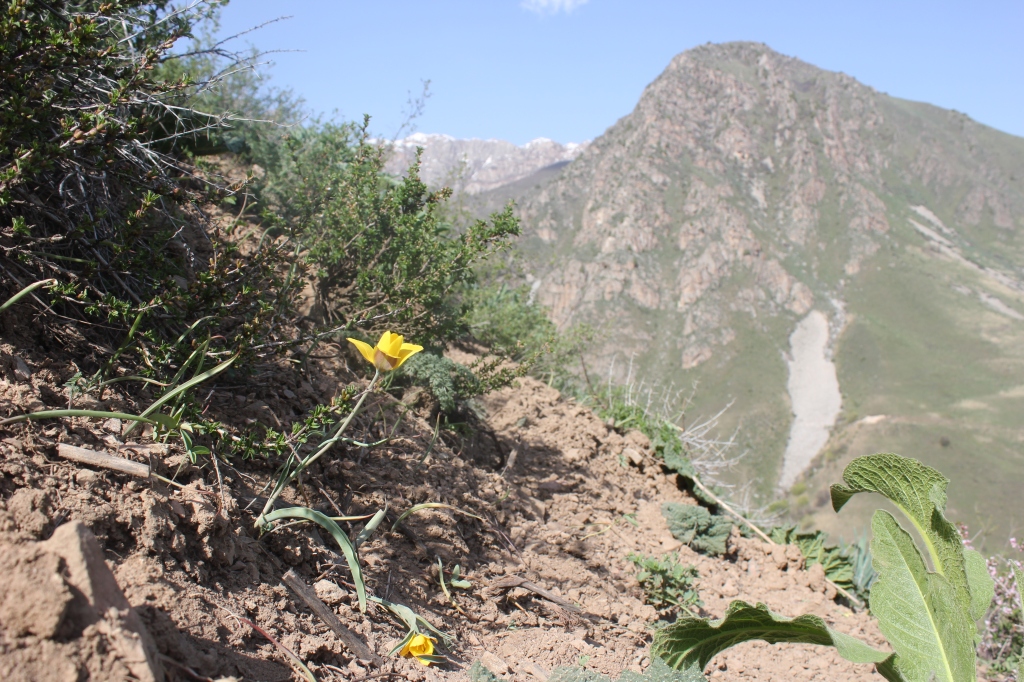
To describe a species, it is important to see and measure specimens in the wild as well as collect quite a number of specimens to be stored in herbaria around the world. This meant we would need to visit the species one more time in its’ native habitat. When Spring 2022 came around, restrictions had been lifted and I was able to travel to Kyrgyzstan. We spent a wonderful day collecting specimens of this species in the pasturelands of the Toktogul district overlooked by towering mountains, deep blue skies, and the odd horse munching away unaware of the exciting science occurring next to it. It was incredible to be back finalising the story of a journey that started three years earlier not more than 20km away from where we were. We collected much needed data on where subpopulations occurred, what state they were in, and gathered the necessary herbarium specimens. Back in the office we wrote our formal description of the species, which has now been published in the journal Phytotaxa thereby making our species official.
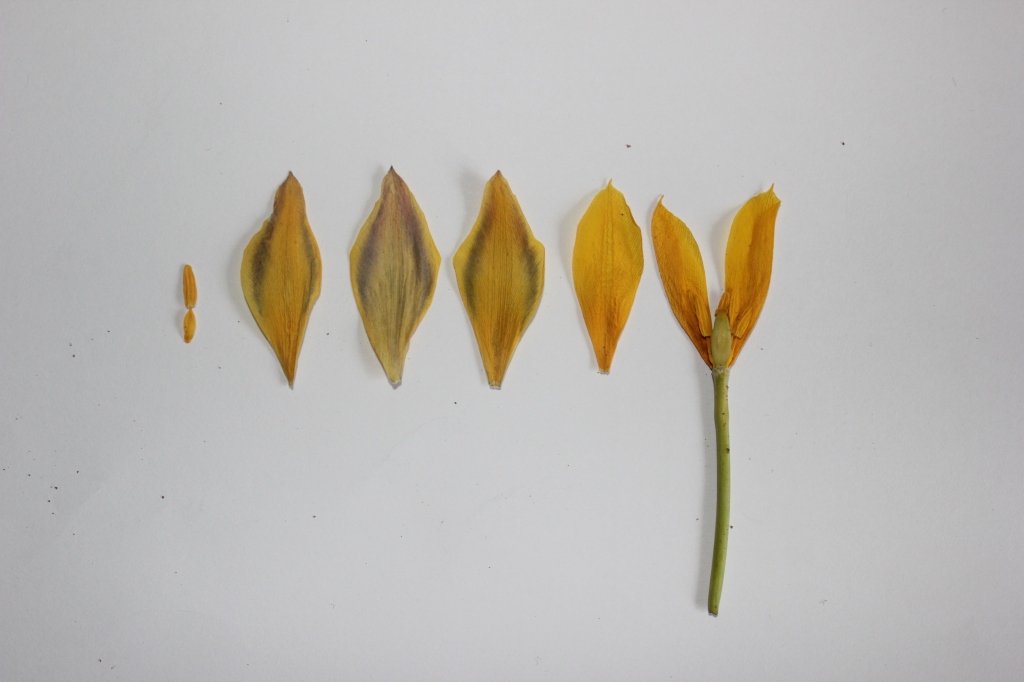
So, what does this mean for the new species? Well, it now has a name Tulipa toktogulica and its’ description means it is now formally recognised as part of nature’s diversity. It has a conservation status, and given it is recognised as Endangered, it warrants urgent protection. In addition, it increases the number of tulip species known from the Toktogul area, Kyrgyzstan, and Central Asia strengthening the call for action to protect this flower across these regions. Crucially, recording new species helps us understand how this plant group has evolved and diversified and each piece of the puzzle can aid in our understanding of biodiversity. We know more about tulips than we did before we stumbled across that first plant.

Towering mountains on the horizon, we locate a new subpopulation. 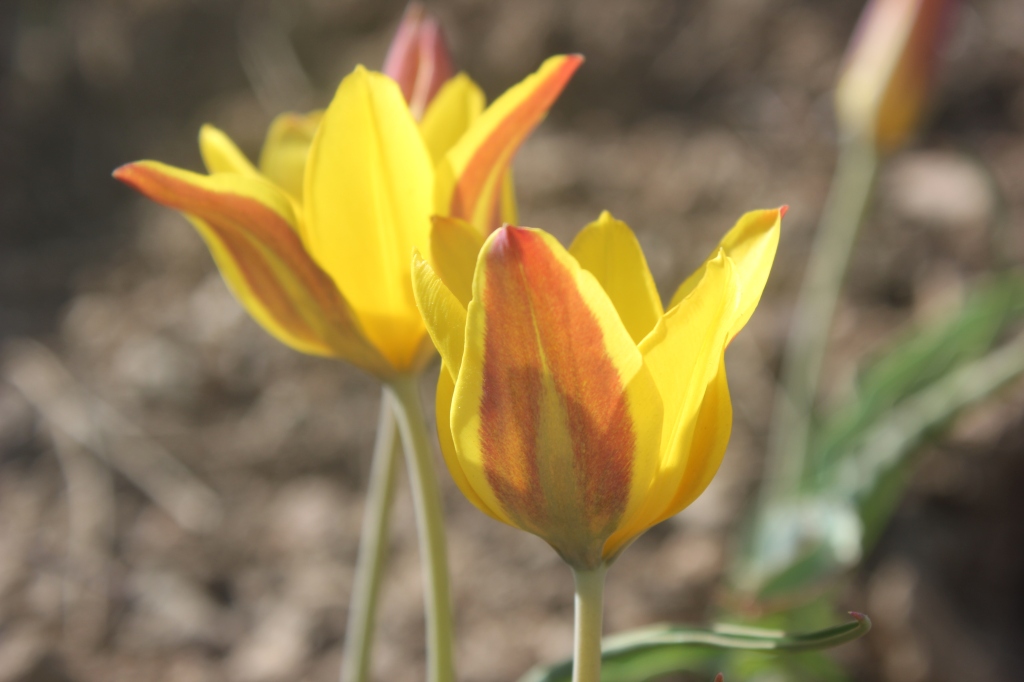
Side angle of the new species 
Parked ready too explore. 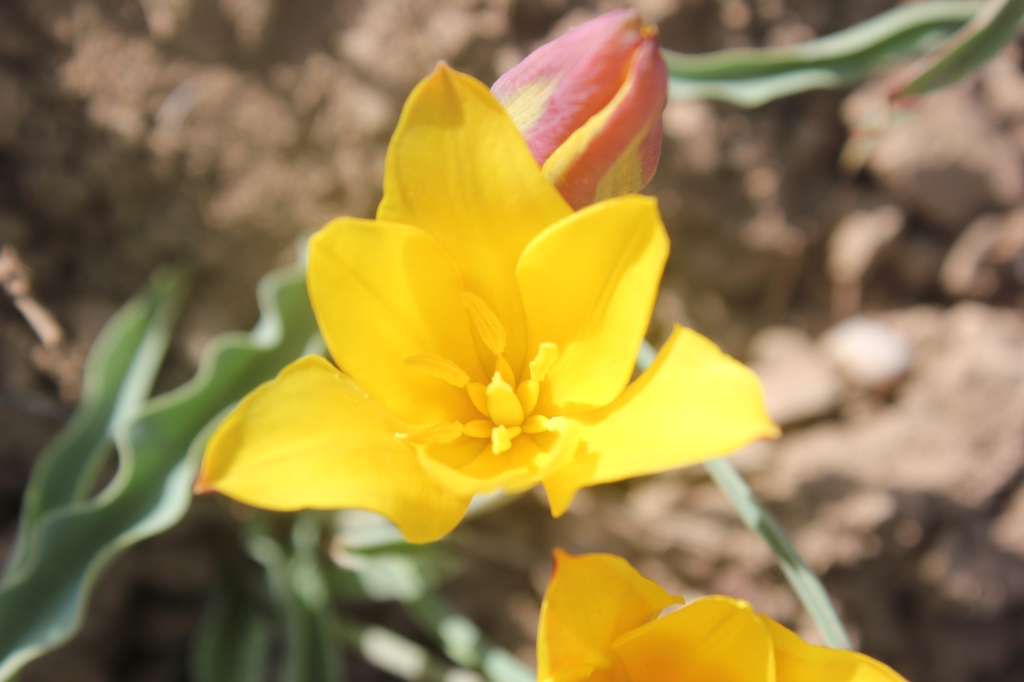
Top down view of the new species.
Finding a new species is, surprisingly not altogether that rare, with over 500 new species described by scientists at the Natural History Museum in London in 2021. New species of tulip are somewhat rarer, but even so over 15 have been described in the past ten years. These have usually been discovered in areas of Central Asia, Iran, or the Balkans which are only now opening up to the world and it is likely more will be found and described in the coming years. Regardless of this, there is still an uncontrollable excitement to stumbling across a living thing that may never have been described before. This was my first time working on describing a new species and an experience I will never forget. From the grazed fields stretching below the Tien Shan mountains to the pages of a scientific journal, our new species secures a little piece of history for our project team.
Paper can be found at this link